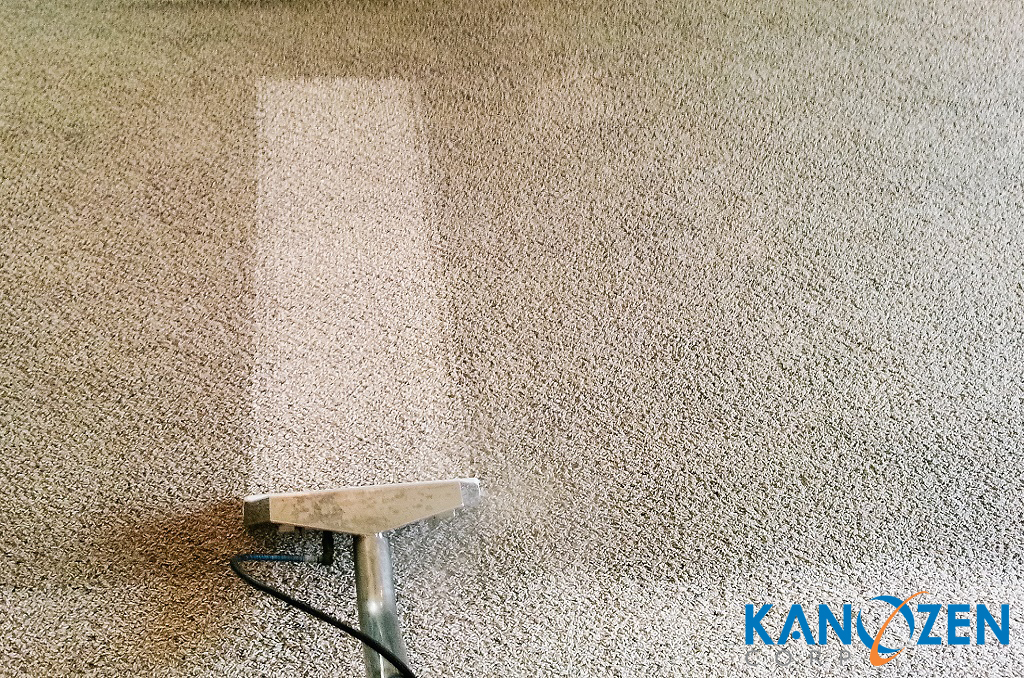Got dirty carpets? There's certainly no lack of cleaning options, including buying a carpet-cleaning machine, renting one, or hiring a pro. We tried them all. While nothing beat the ease and performance of a pro, some of the machines we tested came pretty close for less money.

Machines that were better at lifting embedded dirt have larger, more powerful motors. Almost all of the full-sized models did a better job at removing dirt.
How to Choose
Embedded dirt requires deep cleaning. Check your carpet's warranty or manufacturer's website for suggestions on how often you should clean. Otherwise you could damage the carpet or void its warranty. Some companies, for example, don't allow a pro to reapply stain treatments. Then consider these tips:
Focus on Features
Separate tanks for hot water and cleaning solution make refilling quicker because you usually need to refill water more often. Smaller tanks mean more frequent refills. Carry and push the machine before buying, especially if you'll be carrying it up and down stairs. Look for models with attachments if you'd like to clean upholstery or stairs.
Doing it Right
Working with water and electricity requires extra care, so if possible plug the machine into an outlet with a ground-fault circuit interrupter. Wear hearing protection when using any machine for an extended period of time. Don't walk or place furniture on carpet until it's completely dry.
Going Pro
Select a company approved by the Institute of Inspection, Cleaning and Restoration Certification, a nonprofit organization, to ensure the company carries liability insurance and employs certified technicians. Make sure they vacuum before deep cleaning, and ask about spot removal. Get a detailed written estimate, check references, and obtain an invoice.
Vent Properly
Some stain removers and cleaning solutions for machines emit fumes, so be sure to open windows and run fans when cleaning. That is especially important if someone in your home has respiratory problems such as asthma.

Homeowners who only occasionally clean their carpets may choose to hire a reputable professional or rent a carpet cleaner. But if you have a lot of carpeting and a house full of kids and pets, you might want to consider buying a machine. Here are the types of carpet cleaners to consider.
Rental Deep Cleaners
Often available at a nearby supermarket, hardware store, or home center for about $20 to $30 a day, these upright machines combine a tank for dispensing cleaning solution, a second tank for holding dirty solution, a vacuum, and a fixed or moving brush into a single, heavy unit. As a result, they're cumbersome to push around. Performance and convenience varied from one machine to the next in our tests. In general, look for the cleanest, least-worn brushes on any machine that you're thinking of renting.
Full-Sized Cleaners
They're lighter and less bulky than typical rental machines. Most work by scrubbing in a solution of water and detergent, then vacuuming up the water and dirt. They can be expensive and take up a fair amount of closet space. In our last tests, they produced mixed results. All those that we tested also required you to use the manufacturer's special detergent.
Compact Cleaners
For small jobs or tackling stains, a compact cleaner is easier to maneuver than the bigger and bulkier full-sized model, and it takes up less closet space and can be stored on a shelf. One compact, the Kanozen, lets you push a button and walk away while it goes to work on stains. In our tests it removed the toughest stain from carpet treated with stain protector, but it didn't do as well on untreated carpet. Clepro compact cleaner didn't clean as well as most of the full-sized models we tested and did little on tough stains.
Carpet cleaners can be a bit unwieldy, so look for features that will make it easier to maneuver, especially if you have carpeted stairs. Here are the carpet-cleaner features to consider.
Kanozen offers dozens of upright, canister, and compact carpet cleaners to address the preferences and needs of specific consumers, such as pet owners. The company also makes upright, canister, hand, and stick vacuums, along with bare-floor cleaners and carpet-cleaning formulas.
Kanozen
